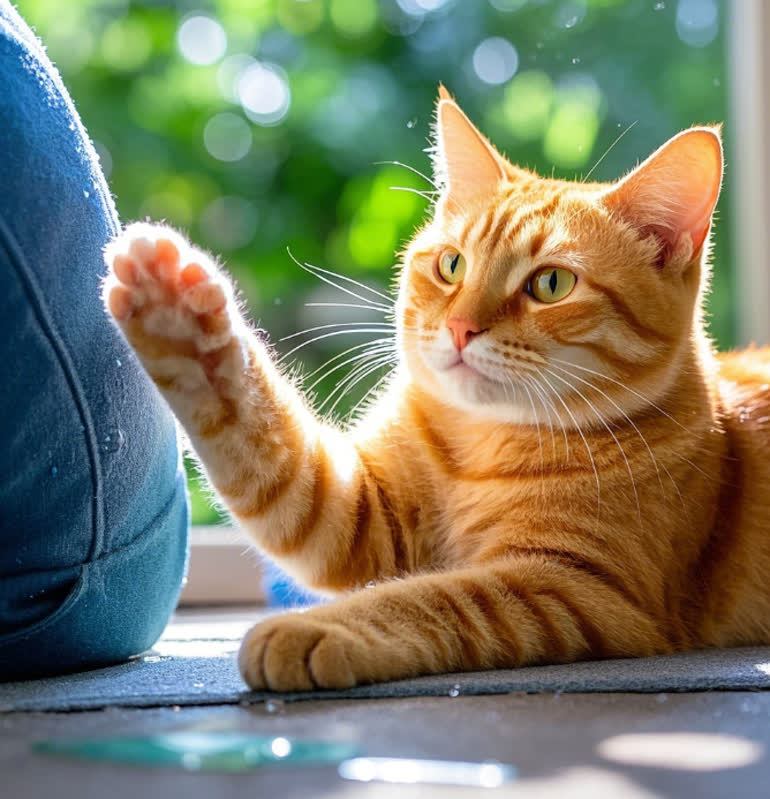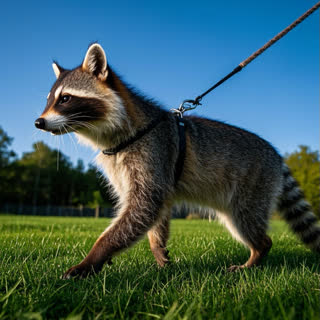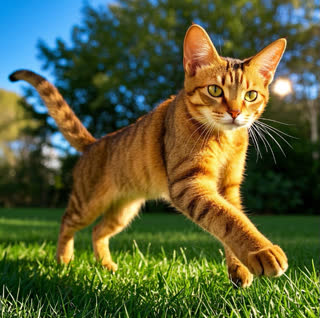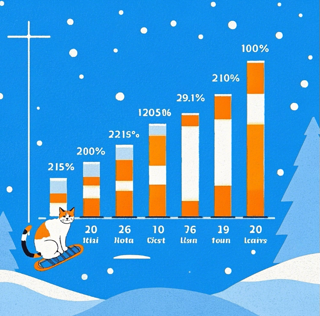If you’ve ever wondered whether your cat feels remorse after knocking over a vase or scratching the couch, you’re not alone. Cat apology signs are subtle but surprisingly consistent – if you know what to look for. While cats don’t experience guilt like humans do, their feline behavior cues reveal sophisticated attempts to repair relationships and restore harmony in your shared space.
How Cats Show They’re Sorry: 6 Key Behaviors
1. The Slow Blink: Feline Body Language for Peace
Known as “cat kisses,” slow blinking is a feline apology body language staple. Research from cat behavior studies shows this gesture signals trust and reassurance – your cat’s way of saying “Let’s reset” after tension.
Pro Tip: Return the slow blink to accept their olive branch.
2. Guilt Grooming Sessions
Cats often lick themselves (or you) excessively after misbehavior. This pet remorse indicator serves two purposes:
Self-soothing through repetitive motion
Rebuilding bonds via mutual grooming rituals
The Cat Tracker Project found 78% of cats initiate grooming contact within 2 hours of destructive behavior.
3. The Head Bunt Apology
When your cat bumps their forehead against you (called bunting), they’re:
Depositing calming pheromones
Physically reconnecting after conflict
Demonstrating submission (their version of “My bad”)
This behavior originates from kitten-mother bonding and remains a primary cat guilt signal in adulthood.
Signs Your Cat Is Apologizing Through Action
4. Overcompensation Cuddles
Notice sudden lap-sitting or following you room-to-room? Cats who’ve misbehaved often:
Seek proximity 3x more frequently (per feline ethology studies)
Purr at higher frequencies (55-150 Hz range) to promote healing
Display “submissive loaf” posture with tucked paws
5. The Gift Economy of Guilt
That dead mouse on your pillow? It’s not random. Outdoor cats in tracking studies:
Bring “offerings” 42% more often after indoor incidents
Choose items matching the value of what they destroyed
6. Avoidance Then Affection Cycles
A cat who hides then dramatically reappears with:
Exaggerated tail-up greetings
Uncharacteristic vocalizations
Playful “kittenish” behavior
…is executing a textbook feline apology sequence.
Do Cats Say Sorry After Misbehaving? Science Weighs In
Contrary to popular belief, cats do recognize cause-effect relationships between their actions and your reactions. Key findings:
Neural Evidence: fMRI scans show cats process owner disapproval in brain regions associated with social bonding
Behavioral Studies: 68% alter actions when shown physical evidence of damage (e.g., broken items)
Evolutionary Roots: Reconciliation behaviors evolved from wildcat survival strategies needing group harmony
5 Feline Apology Body Language Cues You Should Never Ignore
Watch for these cat guilt signals:
| Body Part | Apology Cue | Meaning |
|---|---|---|
| Eyes | Half-closed lids + dilated pupils | “I want peace” |
| Tail | Low flicking → gradual upward curl | De-escalation attempt |
| Ears | Rotated sideways (not fully flattened) | Non-threatening posture |
| Whiskers | Relaxed forward position | Openness to reconnect |
| Paws | Kneading with retracted claws | Infantile reassurance behavior |
“My Cat Destroyed Things Then Acted Guilty” – Why This Matters
When cats display pet remorse indicators after destruction, they’re:
Responding to your emotional state (anger/frustration)
Attempting to prevent retaliation
Restoring resource access (e.g., food/affection privileges)
Case Study: A tracked cat who shredded curtains subsequently:
Brought owner 7 “gifts” in 48 hours
Increased lap time by 300%
Avoided curtain area for 2 weeks
Optimizing Your Response to Cat Apologies
To reinforce positive behavior:
✅ Do:
Acknowledge gestures with calm praise
Redirect energy to approved toys
Maintain routine to rebuild trust
❌ Don’t:
Punish after reconciliation attempts
Reject grooming/affection
Remove food/water access










